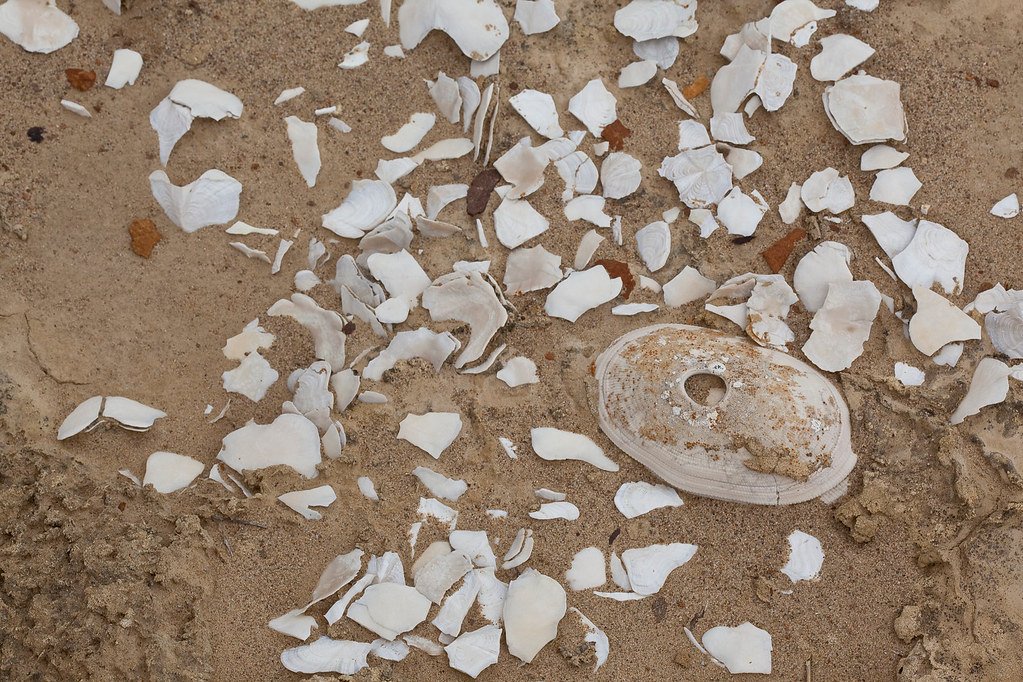Imagine stumbling onto a sun-bleached mound of seashells hidden in the wilds of the Philippine archipelago, only to realize you’re not just looking at a pile of leftovers, but at a time capsule from thousands of years ago. These ancient shell middens—giant heaps of discarded shells and bones—are more than just prehistoric garbage dumps; they’re the ultimate proof that our ancestors were true seafood enthusiasts. With every oyster shell, clam fragment, and crab claw, the ancient Filipinos left behind clues about their daily lives, their feasting habits, and their deep connection to the ocean. It’s a story of survival, celebration, and the irresistible lure of the sea, painted in the language of shells.
What Exactly Are Shell Middens?
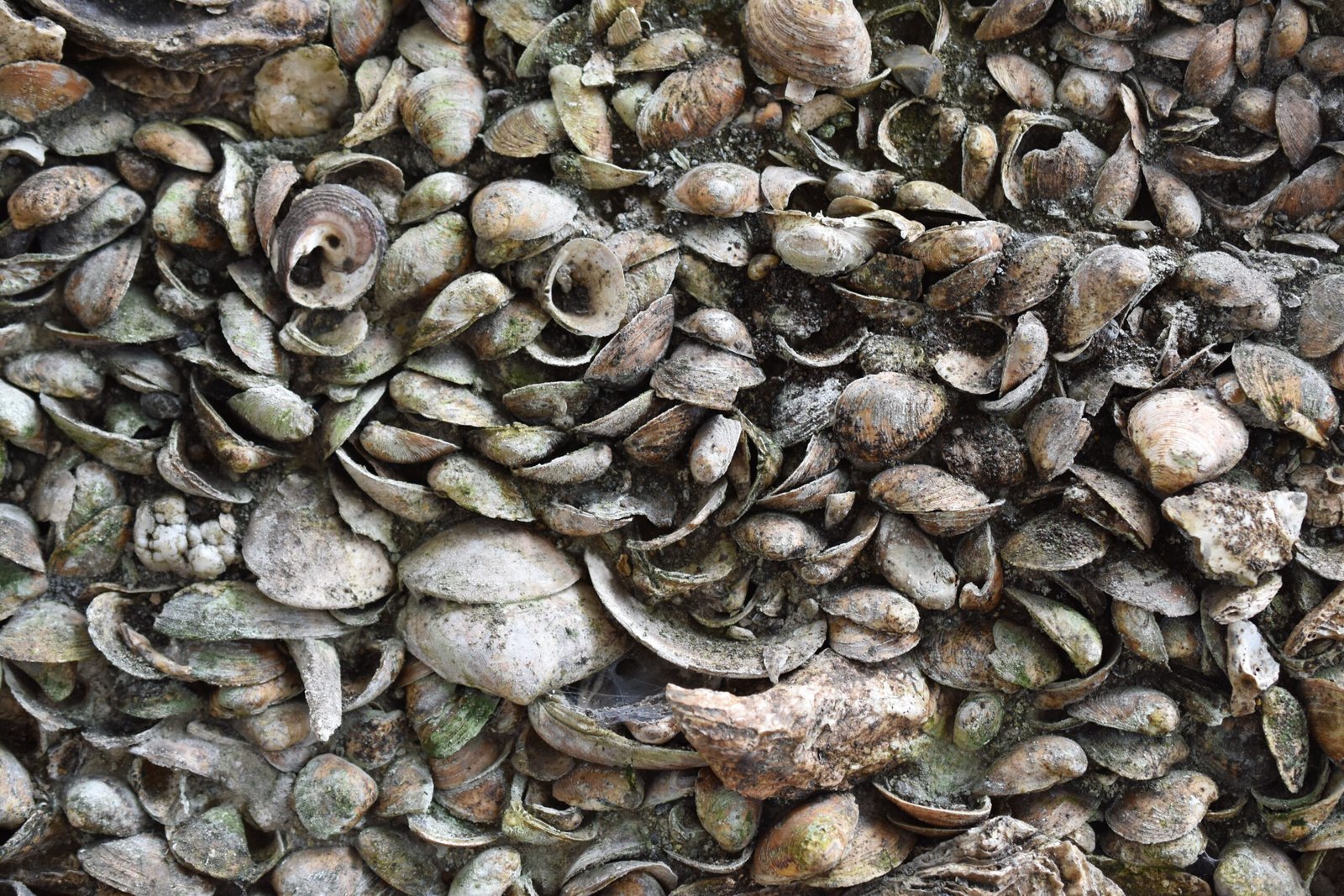
Shell middens might sound fancy, but at their core, they’re just ancient trash heaps—except these piles are mostly made up of shells from seafood meals long past. These middens can contain thousands, sometimes millions, of shells, along with animal bones, charcoal, broken pottery, and even ancient tools. They’re like nature’s archaeological notebook, recording what people ate and how they lived. In the Philippines, shell middens dot the coastlines, islands, and riverbanks, offering a salty window into prehistoric diets and traditions. Many are so massive they look like small hills, blending quietly into the landscape. Their size and contents tell us that seafood was more than a snack—it was a way of life.
How Old Are Philippine Shell Middens?
Some of these shell middens go back thousands of years—think 4,000 to even 7,000 years ago, when the islands looked and felt very different. Archaeologists have used radiocarbon dating on burnt shells and charcoal to pinpoint their ages with surprising accuracy. The oldest middens in the Philippines rival those found in Australia and Japan, making them some of the most ancient in Southeast Asia. These timelines reveal that prehistoric Filipinos were harvesting shellfish when woolly mammoths still roamed elsewhere. Each midden is a silent witness to centuries of feasting, community gatherings, and the ever-present call of the sea.
Where Are the Largest Middens Found?
Some of the most impressive shell middens in the Philippines are found along the coasts of Palawan, Batangas, and Cagayan. Palawan’s sites, such as those in Dewil Valley, are particularly famous, with mounds stretching for meters and packed with shells from oysters, clams, and snails. In Batangas, the shell heaps are so large that locals once used them for road construction, not realizing their archaeological value. Coastal caves and riverbanks also hide smaller, but equally important, middens. The wide distribution of these sites shows how widespread the love for seafood was among ancient communities, from the northern tip of Luzon to the southern fringes of Mindanao.
What Types of Shells Fill These Middens?
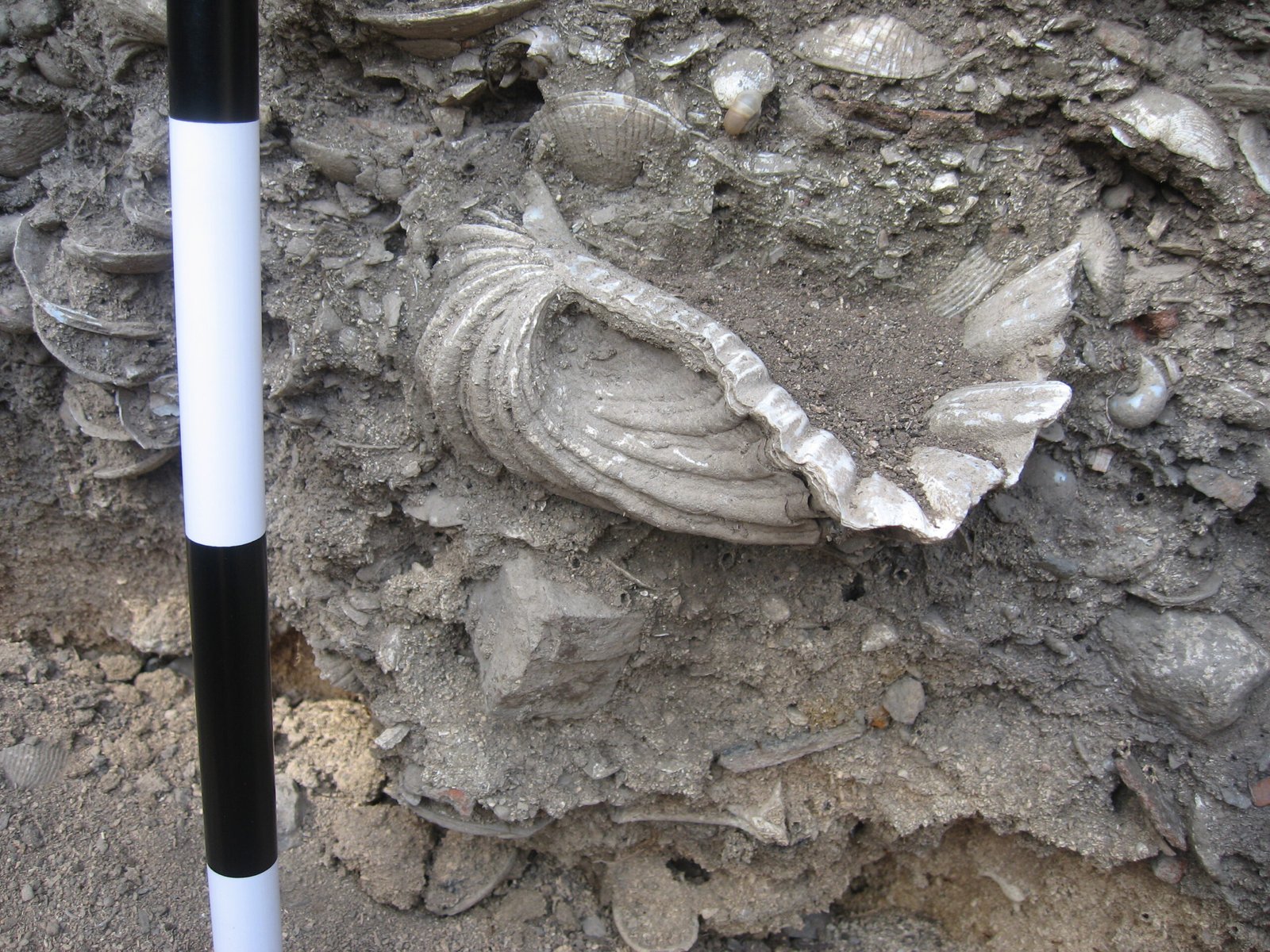
If you picture a seafood buffet, the variety in these middens is just as impressive. Archaeologists have found shells from oysters, clams, mussels, and even giant conchs—species that still fill Filipino markets and dinner tables today. Some middens also contain the shells of freshwater snails and river mussels, proving that inland communities enjoyed their own aquatic feasts. The sheer abundance and diversity of these shells tell us that ancient Filipinos were skilled gatherers, able to identify the tastiest and most nutritious seafood. Sometimes, shells were even arranged in patterns or layers, hinting at ritual or communal dining practices.
Tools and Artifacts: More Than Just Dinner Leftovers
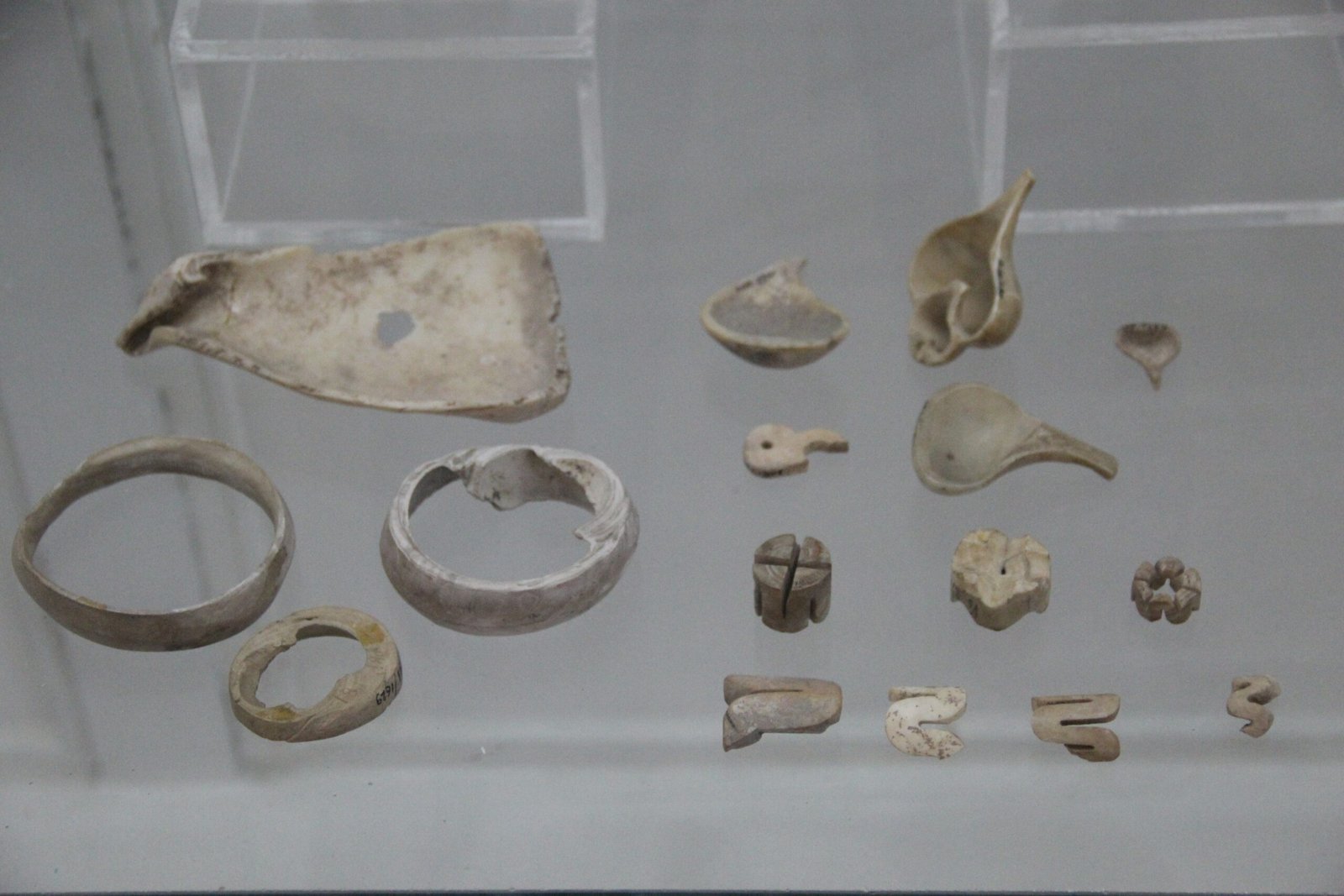
Hidden among the shells are fascinating tools and artifacts. Prehistoric Filipinos didn’t just toss their shells—they sometimes turned them into tools, ornaments, or even jewelry. Archaeologists have uncovered shell scrapers, knives, and fishing hooks nestled within the heaps. Some shells bear marks of deliberate cutting or grinding, suggesting they were shaped for specific purposes. Pottery shards and stone tools found alongside shells paint a lively picture of daily life: people cooking, eating, working, and celebrating together. These finds show that shell middens were more than just refuse; they were the heart of community activity.
Clues About Ancient Diets and Health
By analyzing the shells and animal bones in these middens, scientists have pieced together the prehistoric Filipino diet. Seafood wasn’t just a treat—it was a dietary staple, providing essential protein, calcium, and minerals. Fish bones, crab claws, and even sea urchin spines are often found mixed with shells, revealing a menu that would make any seafood lover jealous. The presence of burnt shells and bones suggests that people roasted or boiled their catch, perhaps gathering around fires to share meals. Remarkably, some human remains found near middens show strong bones and teeth, hinting at the health benefits of a seafood-rich diet.
Seasonal Feasting and Social Gatherings
Some middens show clear layers that indicate seasonal harvesting—thicker deposits of certain shell types appear in particular bands, suggesting that people gathered specific species at certain times of the year. This pattern hints at communal feasts aligned with natural cycles, perhaps linked to the tides or spawning seasons. These gatherings were likely more than just meals; they were social events, moments for storytelling, courtship, and ritual. The sheer scale of some middens implies group activities, with families or even entire villages coming together for massive seafood feasts that would put modern buffets to shame.
Shell Middens as Ancient Environmental Records
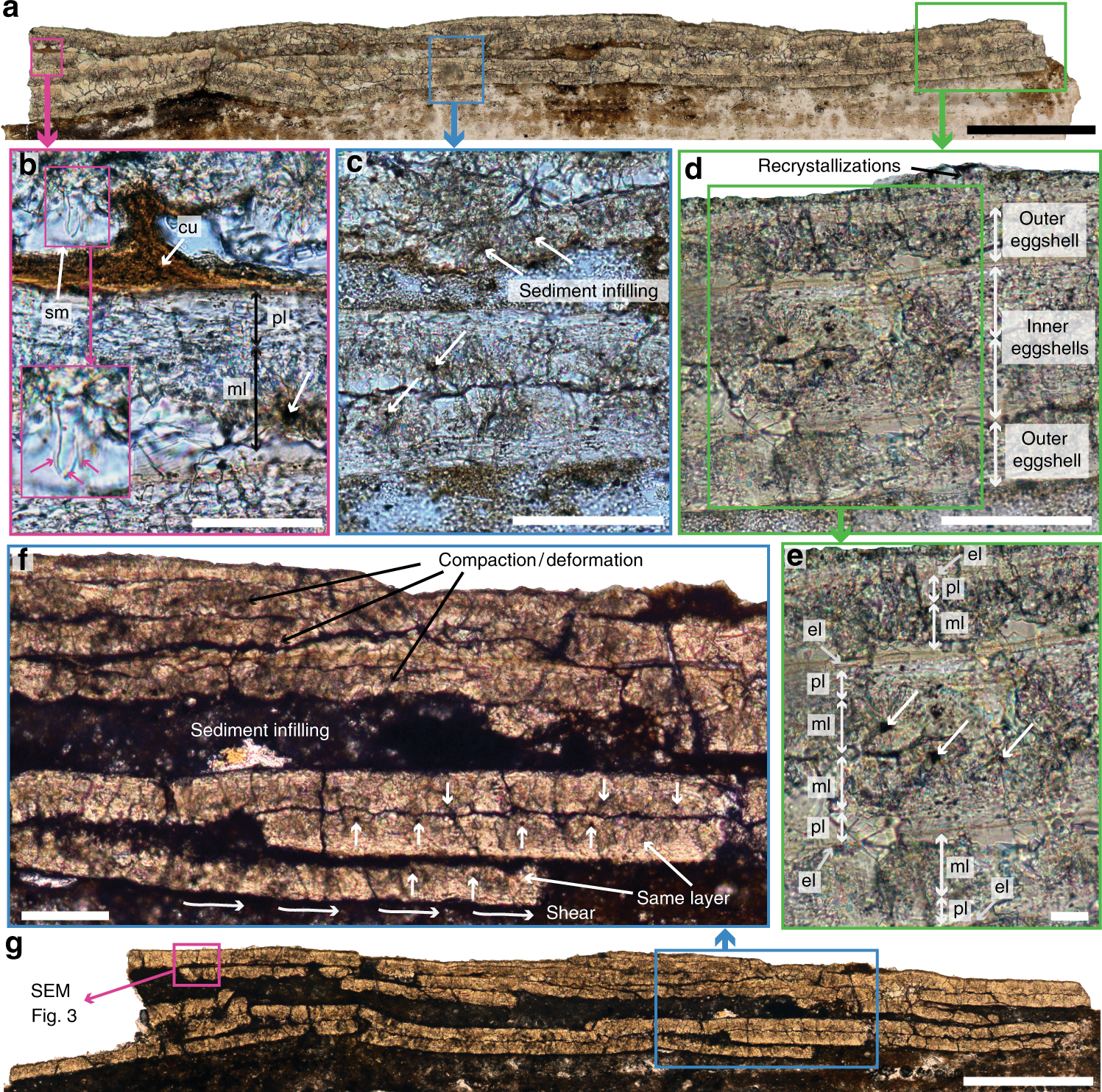
Shell middens are more than leftovers—they are environmental time capsules. The types and sizes of shells in each layer can reveal changes in sea level, water temperature, and even human impact on local ecosystems. For example, a sudden shift from large to smaller shells might indicate overharvesting or environmental stress. Some middens also preserve pollen grains and charcoal, helping scientists reconstruct ancient landscapes and climate change. By reading these subtle clues, researchers can trace how people adapted to shifting coastlines, rising seas, or dwindling resources over millennia.
Rituals, Beliefs, and the Power of the Sea
For ancient Filipinos, the sea was more than a pantry—it was sacred. Some middens contain shells arranged in patterns or accompanied by special artifacts, suggesting ritual feasting or offerings to sea spirits. Certain shells, like cowries or conchs, were considered symbols of fertility, wealth, or protection. Archaeological finds include shell bracelets, pendants, and even burial goods, hinting at the spiritual role of seafood and the ocean in everyday life. These traditions echo in modern Filipino folklore, where the sea remains a source of both bounty and mystery.
Comparing Philippine Middens to Those Worldwide
The Philippines isn’t alone in its shell midden legacy—similar sites are found in Japan, Australia, Europe, and the Americas. However, Filipino middens stand out for their age, size, and diversity of shells. Unlike some regions, where middens are mostly coastal, the Philippines also hosts riverine and inland shell heaps, showing adaptive strategies across different environments. The rich mix of tools, pottery, and ornaments found alongside the shells highlights a complex society, not just a group of hungry gatherers. These comparisons help place the Philippines firmly on the map of global prehistory.
The Role of Shells in Trade and Economy

Shells weren’t just food waste—they were valuable trade items. Certain shells, like cowries, were used as currency or exchanged for goods across islands. Archaeological digs have uncovered non-local shell species far from their natural habitats, indicating long-distance trade networks. This shell economy fostered connections between coastal and inland communities, weaving a web of commerce that shaped ancient Filipino society. The use of shells for barter, adornment, and ritual speaks to their enduring appeal and significance.
Modern Threats to Ancient Middens
While many middens have survived for thousands of years, modern development poses a real threat. Coastal construction, quarrying, and urban expansion have destroyed or damaged countless sites before they could be studied. Some shell mounds were used as cheap road fill or building material, erasing irreplaceable history. Climate change and rising sea levels now threaten to wash away middens that stand too close to the shore. Preserving these sites is not just about archaeology—it’s about protecting the heritage and identity of future generations.
Lessons for Today’s Seafood Lovers
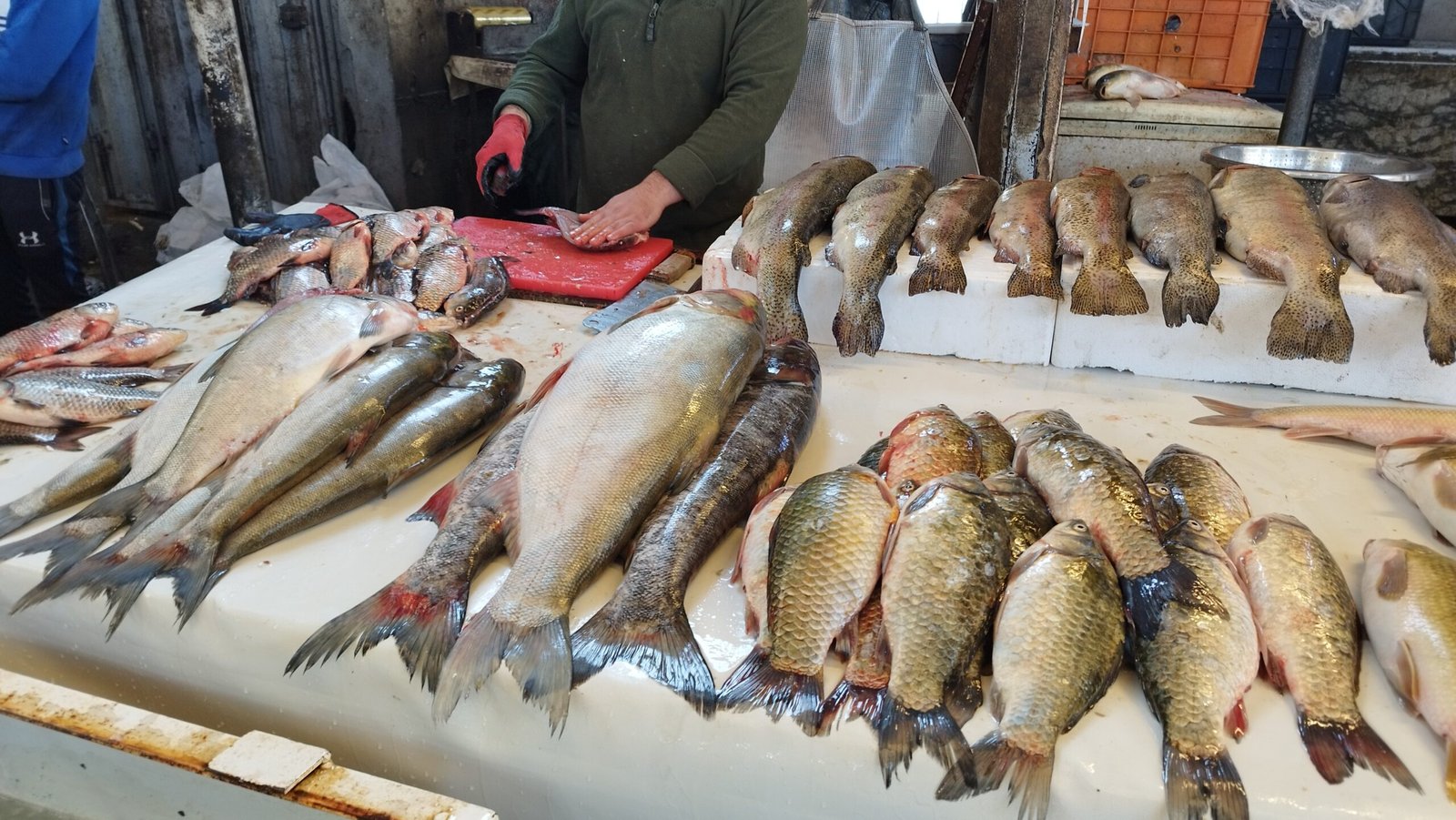
There’s something timeless about the Filipino love for seafood, stretching from ancient middens to today’s bustling markets. The sustainable harvesting practices seen in some middens—like seasonal gathering and selective picking—offer valuable lessons for modern fisheries. By examining what worked (and what didn’t) for our ancestors, we can shape better policies to ensure the oceans remain abundant. The story of shell middens is a reminder that our relationship with the sea is both a privilege and a responsibility.
How Middens Spark Local Curiosity and Pride
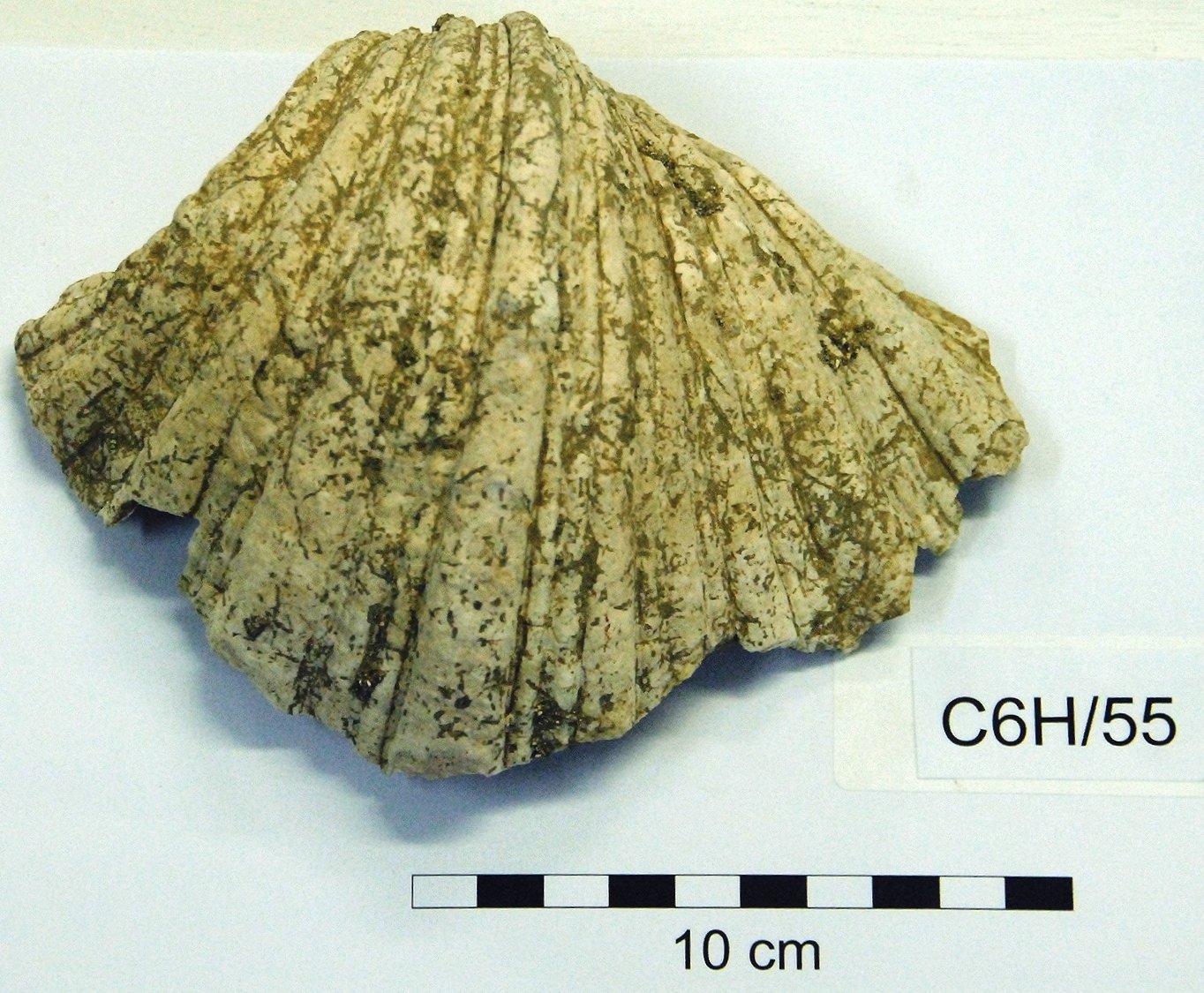
In some communities, shell middens have become sources of local pride and curiosity. Schools use them as outdoor classrooms, teaching children about history, science, and environmental stewardship. Festivals and exhibits celebrate the region’s ancient seafood feasts, connecting people to their ancestors in a deliciously tangible way. For locals, these middens aren’t just relics—they’re reminders that their roots run deep, shaped by the tides and tastes of generations past.
Scientific Techniques: Digging Deeper into Middens
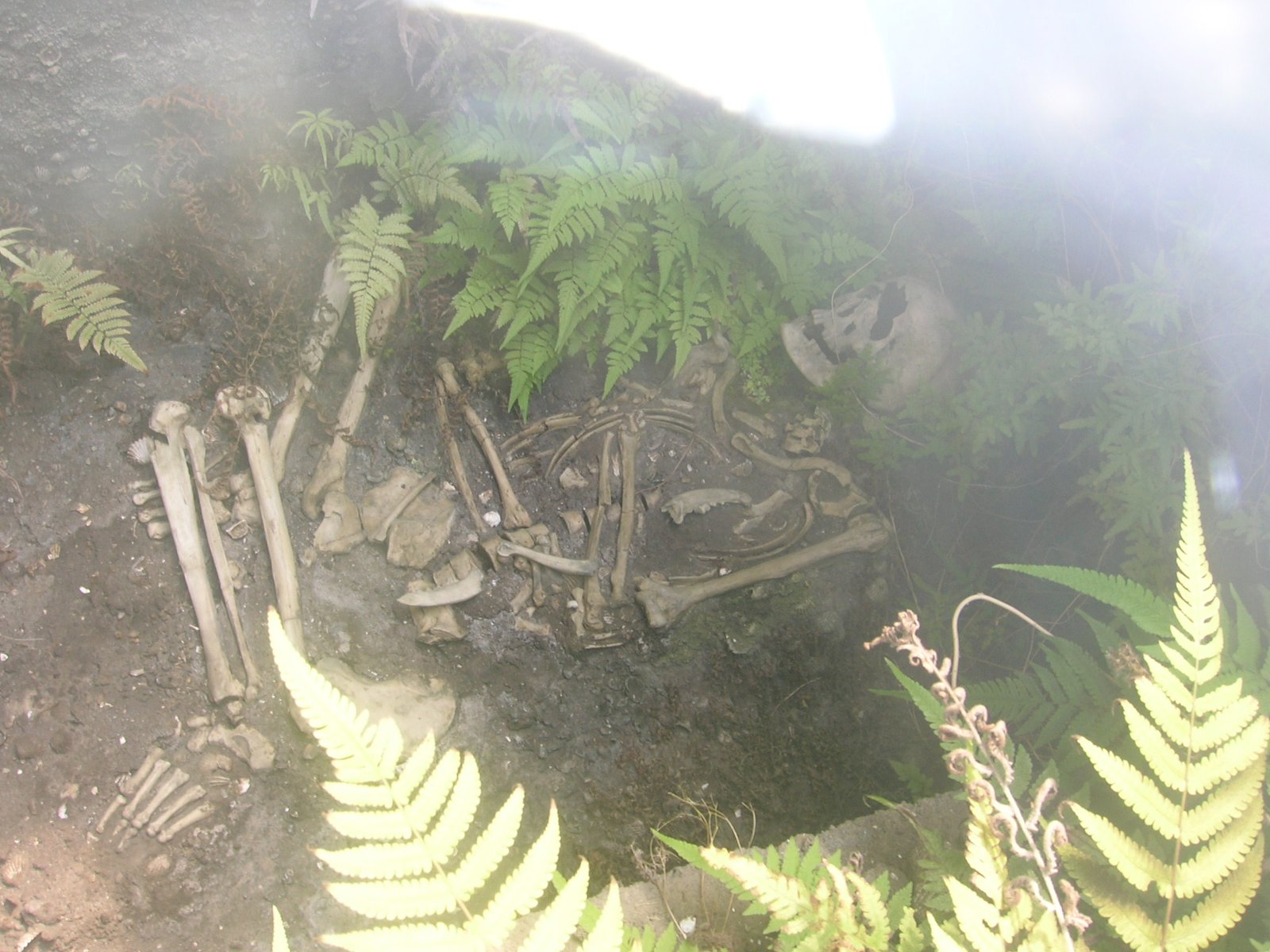
Uncovering the secrets of shell middens isn’t just about digging. Scientists use a range of techniques—radiocarbon dating, stable isotope analysis, and microscopic examination of shell growth rings—to piece together the past. DNA analysis of shellfish remains can even track changes in species populations over time. These tools allow researchers to reconstruct ancient diets, migration patterns, and environmental conditions with striking detail. Every new layer uncovered is like reading another page of a long-lost story.
Celebrating the Ancient Filipino Seafood Buffet

There’s something deeply human about gathering around a meal, sharing stories, and savoring the flavors of the sea. The ancient shell middens of the Philippines prove that love for seafood is no modern fad—it’s a tradition as old as the islands themselves. Each shell is a memory, a taste of joy, a celebration of survival. The next time you enjoy a plate of oysters or grilled fish, remember: you’re part of a feast that spans the ages.

